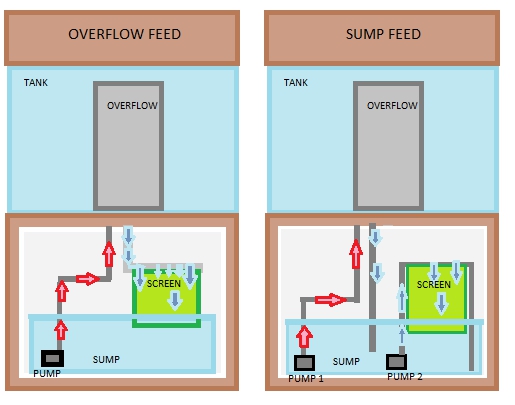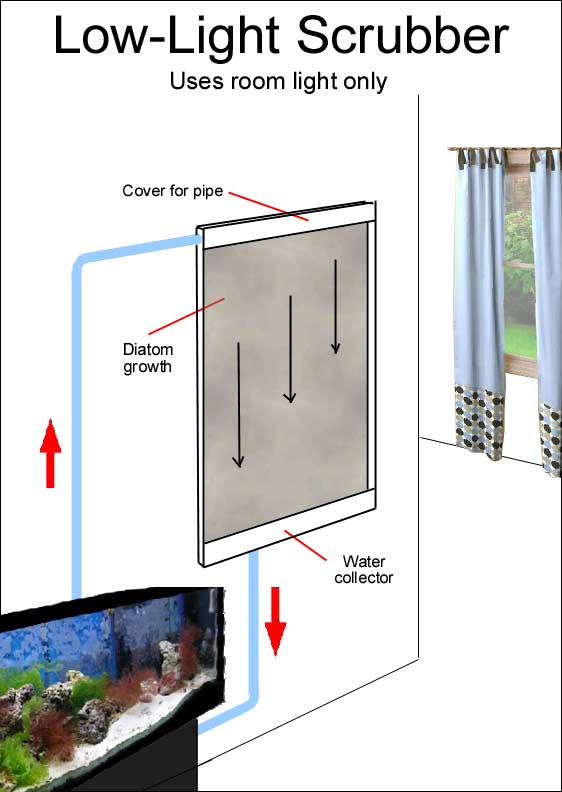Garage1217
Member
Re: Mega-Powerful Nitrate and Phosphate Remover Replaces Skimmer, Refugium, Everythin
I really find reading & researching ATS systems fascinating. I definitely agree with the topic and that it works as I had an old small 18G nano with 10G sump. The fuge area of the sump had a 13W CFL over the center section with the small skimmer section and return pump section blocked from the light. I grew some of the nastiest crap you could ever fathom in that small fuge from turf algea, cheato, all sorts of slimy crud and so forth. And my display was always flawless looking and I rarely ever had to clean the glass on that tank. I guess I just never really connected the dots as to why that small system was so crazy successful but I feel it was because of the nasty crap growing in the fuge area and that I had to clean it up, scraping loads of goop and other junk out on a regular basis.
Anyways great read. Since I am going fuge-less on my new build. I may consider doing a ATS setup as I have plenty of room in the stand.
I really find reading & researching ATS systems fascinating. I definitely agree with the topic and that it works as I had an old small 18G nano with 10G sump. The fuge area of the sump had a 13W CFL over the center section with the small skimmer section and return pump section blocked from the light. I grew some of the nastiest crap you could ever fathom in that small fuge from turf algea, cheato, all sorts of slimy crud and so forth. And my display was always flawless looking and I rarely ever had to clean the glass on that tank. I guess I just never really connected the dots as to why that small system was so crazy successful but I feel it was because of the nasty crap growing in the fuge area and that I had to clean it up, scraping loads of goop and other junk out on a regular basis.
Anyways great read. Since I am going fuge-less on my new build. I may consider doing a ATS setup as I have plenty of room in the stand.


